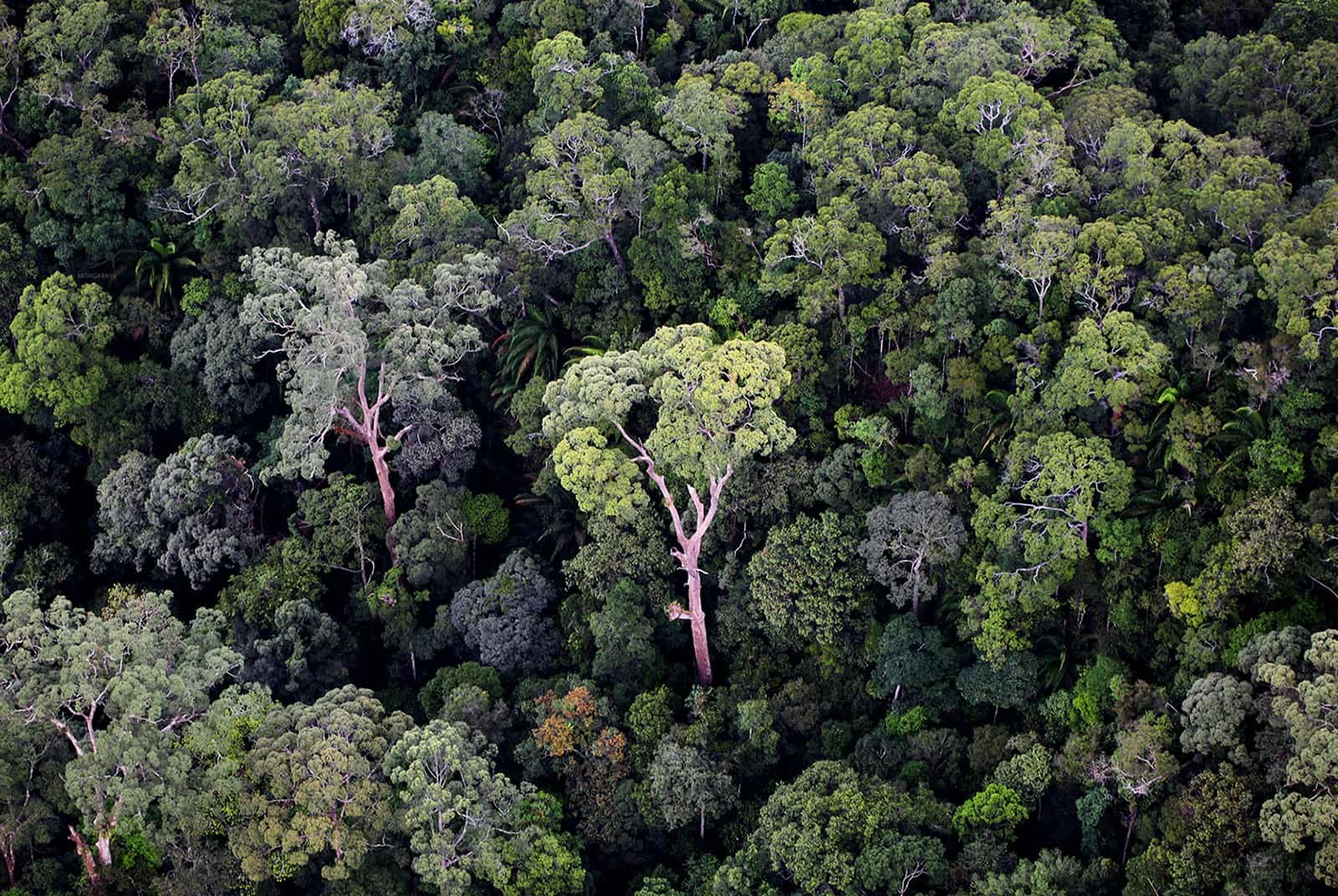
The tropical seasonal forest biome, also known as the tropical dry forest, is a captivating ecosystem characterized by distinct wet and dry seasons. This biome is found in regions with a pronounced dry season, typically bordering tropical rainforests. The unique climate and diverse flora and fauna make the tropical seasonal forest biome a fascinating subject of study for ecologists and nature enthusiasts alike. From the vibrant colors of flowering trees to the elusive wildlife that calls this biome home, there is much to discover and appreciate within this ecosystem. In this article, we will delve into 10 intriguing facts about the tropical seasonal forest biome, shedding light on its ecological significance and the wonders it holds. Join us on a journey through this enchanting biome as we uncover its secrets and marvel at the beauty of nature's intricate tapestry.
Key Takeaways:
- The Tropical Seasonal Forest Biome, also known as the Tropical Dry Forest, is a diverse ecosystem with unique plants and animals that have special adaptations to survive its changing wet and dry seasons.
- Conservation efforts are crucial to protect the Tropical Seasonal Forest Biome and its inhabitants, ensuring the preservation of this valuable ecosystem for future generations.
The Tropical Seasonal Forest Biome is Also Known as the Tropical Dry Forest
The Tropical Seasonal Forest Biome, also referred to as the Tropical Dry Forest, is characterized by distinct wet and dry seasons, resulting in a unique ecosystem that supports a diverse range of flora and fauna.
It Experiences Dramatic Changes Throughout the Year
This biome undergoes significant transformations as it transitions between wet and dry seasons, impacting the behavior and life cycles of its inhabitants.
Found in Various Regions Across the Globe
The Tropical Seasonal Forest Biome can be found in different parts of the world, including South and Central America, Africa, Asia, and Australia.
Rich Biodiversity
This biome is home to a rich diversity of plant and animal species, each uniquely adapted to the alternating wet and dry conditions.
Threatened by Deforestation
The Tropical Seasonal Forest Biome faces significant threats from deforestation, which has led to the loss of habitat for countless species and has contributed to environmental degradation.
Supports Indigenous Communities
Many indigenous communities rely on the resources provided by the Tropical Seasonal Forest Biome for their livelihoods, including food, medicine, and materials for shelter and crafts.
Unique Adaptations
The flora and fauna of this biome have developed remarkable adaptations to survive the challenging conditions, such as drought-resistant plants and animals with specialized water conservation mechanisms.
Important Carbon Sink
Tropical Seasonal Forests play a crucial role in sequestering carbon dioxide from the atmosphere, helping to mitigate the impacts of climate change.
Ecotourism Potential
The unique biodiversity and seasonal changes of this biome present opportunities for sustainable ecotourism, offering visitors a chance to experience its natural wonders while supporting conservation efforts.
Conservation Efforts are Vital
Conservation initiatives are essential to protect the Tropical Seasonal Forest Biome and its inhabitants, ensuring the preservation of this valuable ecosystem for future generations.
The Tropical Seasonal Forest Biome, also known as the Tropical Dry Forest, is a fascinating ecosystem that experiences distinct wet and dry seasons, influencing the lives of its diverse inhabitants. Found in various regions across the globe, from South and Central America to Africa, Asia, and Australia, this biome supports a rich biodiversity of plant and animal species. However, it faces significant threats from deforestation, leading to habitat loss and environmental degradation. Indigenous communities depend on its resources for sustenance and livelihoods, highlighting the vital connection between humans and nature. The flora and fauna have developed unique adaptations to thrive in the challenging conditions, while the biome itself serves as an important carbon sink, aiding in climate regulation. With its ecotourism potential and role in carbon sequestration, conservation efforts are crucial to safeguard this valuable biome and promote sustainable coexistence between humans and the natural world.
Conclusion
In conclusion, the tropical seasonal forest biome is a remarkable and diverse ecosystem that supports a wide array of plant and animal species. Its distinct wet and dry seasons create a unique environment where life has adapted in fascinating ways. From the lush canopy to the rich forest floor, this biome teems with biodiversity and provides vital resources for countless organisms. Understanding the delicate balance of this biome is crucial for conservation efforts and the preservation of our planet's natural heritage.
FAQs
What types of plants are found in the tropical seasonal forest biome?
The tropical seasonal forest biome is characterized by a mix of deciduous and evergreen trees, along with shrubs, grasses, and flowering plants. Some common tree species include mahogany, teak, and acacia, while orchids and bromeliads add vibrant splashes of color to the forest floor.
How do animals adapt to the changing seasons in the tropical seasonal forest biome?
Animals in this biome have developed various strategies to cope with the alternating wet and dry seasons. Some species migrate to more suitable areas, while others aestivate or hibernate to conserve energy during harsh conditions. Additionally, many animals have specialized diets and behaviors that align with the seasonal availability of food and water.
Was this page helpful?
Our commitment to delivering trustworthy and engaging content is at the heart of what we do. Each fact on our site is contributed by real users like you, bringing a wealth of diverse insights and information. To ensure the highest standards of accuracy and reliability, our dedicated editors meticulously review each submission. This process guarantees that the facts we share are not only fascinating but also credible. Trust in our commitment to quality and authenticity as you explore and learn with us.
